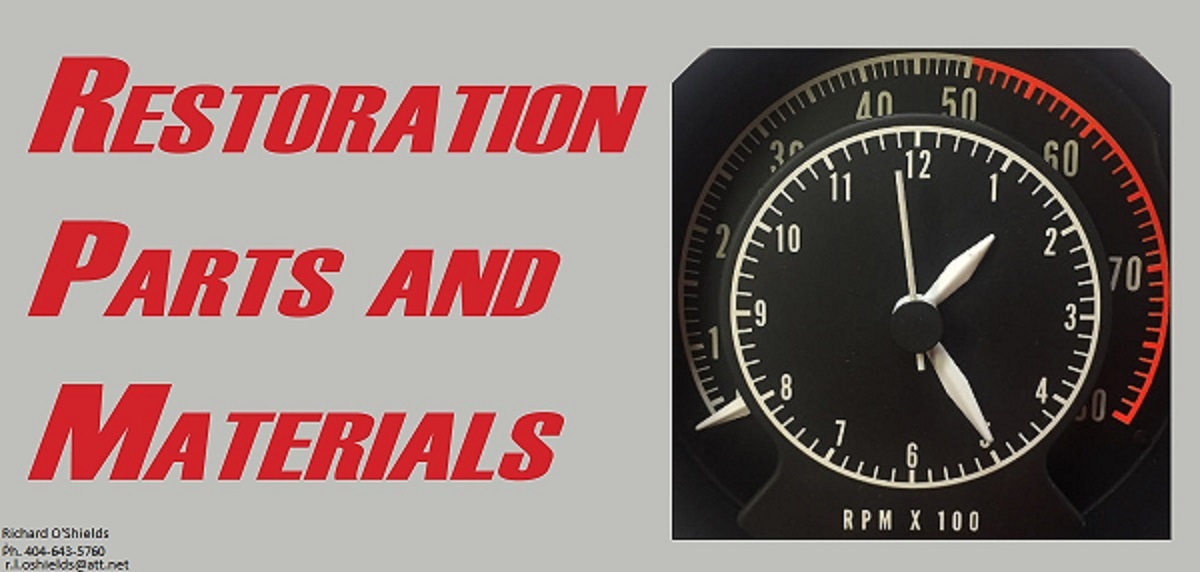Rosco
Active Member
The short version is that the copper in the brass heater core is an anode, the aluminum in the radiator is a cathode. Ions are transferred from the aluminum resulting in oxidation of the radiator, left unchecked this will eventually cause the radiator to fail. Modern cooling systems eliminate the copper in the heater (anode) core so that the ion transfer can not take place. Keeping the coolant fresh prevents it from becoming acidic which also prevents the ion transfer (galvanic action).
Dave
Hi Dave,
I was hoping to get your opinion on electrical system grounding. I've been reading that some mopars had an additional ground strap/wire from the battery to a radiator mounting bolt. Would this be an issue with an aluminum radiator? Could the ground add to the galvanic action of the aluminum?
I believe I only have one ground strap (besides the cable from the battery to the engine block) from the passenger side cyl. head to the firewall. Is this adequate? Would it be a good idea to add one between the frame/chassis and the body for any reason? I've read that it's good to have a ground from the engine to the firewall and chassis. With the uni-body design of my 1968 Fury ll is a ground to the "frame"/chassis necessary?
I also read stories about speedo cables burning up from being used as a ground source where there wasn't an existing one. Would this be a reason to ground from the engine/firewall to the frame?
Appreciate your thoughts.

















